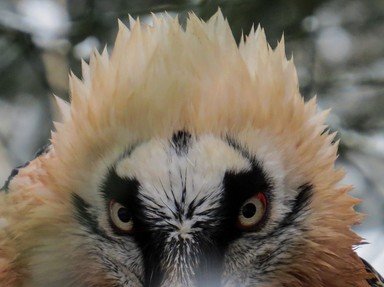Quiz Answer Key and Fun Facts
1. Which of these "brood parasites" relies on the European rock pipit to raise its young?
2. Which bird, recently reintroduced in Great Britain, is considered the heaviest flying animal?
3. The Caucasian snowcock belongs to which family of birds?
4. The drake of which species of sawbill duck, from the genus Mergellus, has distinctive black and white feathers that resemble a panda?
5. Which of these habitats is preferred by the European crested tit?
6. When do the appropriately named knobs on the red-knobbed coot appear?
7. Which bird, also known as a stone curlew, is named for a prominent body part?
8. The colourful Eurasian hoopoe, with its distinctive crown of feathers, is a bird of great cultural significance throughout its range. Which much larger birds of Asia and Africa, named after a physical feature, are its closest relatives?
9. A denizen of the rocky coasts of Western and Southern Europe, the European shag is a species of what deep-diving aquatic bird?
10. Which plump little bird, named after its appearance and the North Atlantic Archipelago it's endemic to, was named as a full species in 2003?
Source: Author
leith90
This quiz was reviewed by FunTrivia editor
rossian before going online.
Any errors found in FunTrivia content are routinely corrected through our feedback system.
